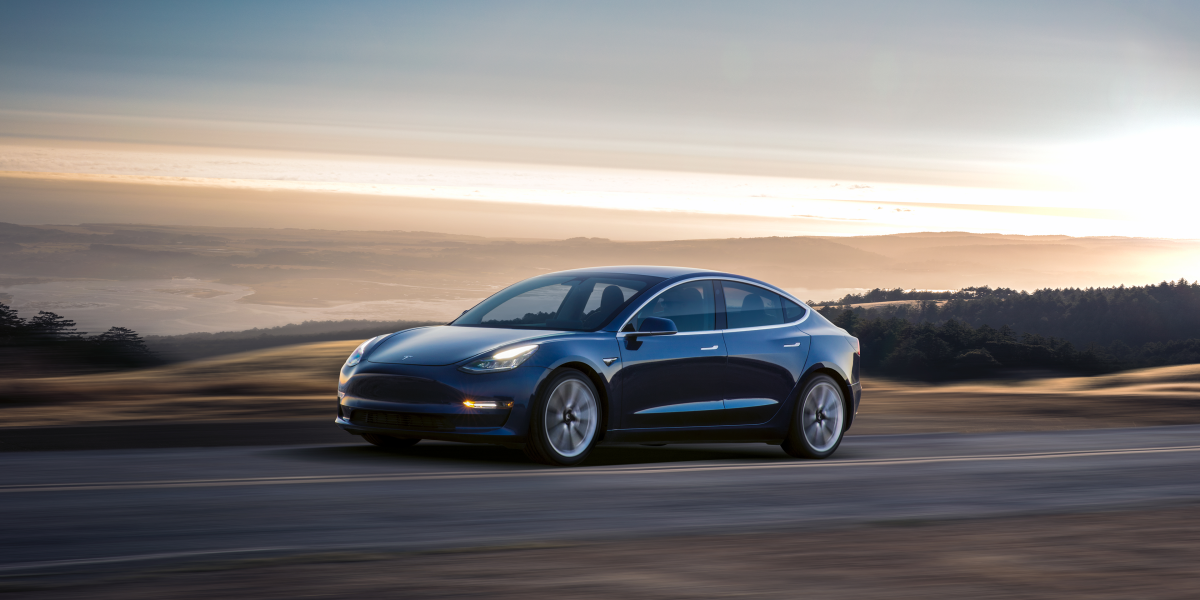
California governor Gavin Newsom made a bold attempt today to eliminate sales of new gas-guzzling cars and trucks, marking a critical step in the state’s quest to become carbon neutral by 2045. But the effort to clean up the state’s largest source of climate emissions is almost certain to face serious legal challenges, particularly if President Donald Trump is reelected in November.
Newsom issued an executive order that directs state agencies, including the California Air Resources Board, to develop regulations with the “goal” of ensuring that all new passenger cars and trucks sold in the state are zero-emissions vehicles by 2035. That pretty much limits future sales to electric vehicles (EVs) powered by batteries or hydrogen fuel cells. Most new medium- and heavy-duty vehicles would need to be emissions free by 2045.
These shifts could be accomplished through restrictions on internal-combustion-engine vehicles, or through subsidies or other policy instruments that tighten or become more generous, over time. If those rules are enacted, it would be one of the most aggressive state climate policies on the books, with major implications for the auto industry.
The roughly 2 million new vehicles sold in the state each year would eventually all be EVs, providing a huge boost to the still nascent vehicle category.
“California policy, especially automotive policy, has cascading effects across the US and even internationally, just because of the scale of our market,” says Alissa Kendall, a professor of civil and environmental engineering at the University of California, Davis.
Indeed, the order would mean more auto companies would produce more EV lines, scaling up manufacturing and driving down costs. The growing market would, in turn, create greater incentives to build out the charging or hydrogen-fueling infrastructure necessary to support a broader transition to cleaner vehicles.
The move also could make a big dent in transportation emissions. Passenger and heavy-duty vehicles together account for more than 35% of the state’s climate pollution, which has proved an especially tricky share to reduce in a sprawling state of car-loving residents (indeed, California’s vehicle emissions have been ticking up).
But Newsom’s executive order only goes so far. It doesn’t address planes, trains, or ships, and it could take another couple of decades for residents to stop driving all the gas-powered vehicles already on the road.
Whether the rules go into effect at all, and to what degree, will depend on many variables, including what legal grounds the Air Resources Board uses to justify the policies, says Danny Cullenward, a lecturer at Stanford’s law school who focuses on environmental policy.
One likely route is for the board to base the new regulations on tailpipe emissions standards, which California has used in the past to force automakers to produce more fuel-efficient vehicles, nudging national standards forward. But that approach may require a new waiver from the Environmental Protection Agency allowing the state to exceed the federal government’s vehicle emissions rules under the Clean Air Act, the source of an already heated battle between the state and the Trump administration.
Last year, Trump announced he would revoke the earlier waiver that allowed California to set tighter standards, prompting the state and New York to sue. So whether California can pursue this route could depend on how courts view the issue and who is in the White House come late January.
It’s very likely that the automotive industry will challenge the rules no matter how the state goes about drafting them. And the outcome of those cases could depend on which court it lands in—and perhaps, eventually, who is sitting on the Supreme Court.
But whatever legal hurdles they may face, California and other states need to rapidly cut auto emissions to have any hope of combating the rising threat of climate change, says Dave Weiskopf, a senior policy advisor with NextGen Policy in Sacramento.
“This is what science requires, and it’s the next logical step for state policy,” he says.
Update: This story was updated to clarify that the order wouldn't necessarily achieve its goals through a ban on internal-combustion-engine vehicles.
"gas" - Google News
September 24, 2020 at 07:10AM
https://ift.tt/2G4b5Pr
California looks to eliminate gas guzzlers—but legal hurdles abound - MIT Technology Review
"gas" - Google News
https://ift.tt/2LxAFvS
https://ift.tt/3fcD5NP
Bagikan Berita Ini















0 Response to "California looks to eliminate gas guzzlers—but legal hurdles abound - MIT Technology Review"
Post a Comment